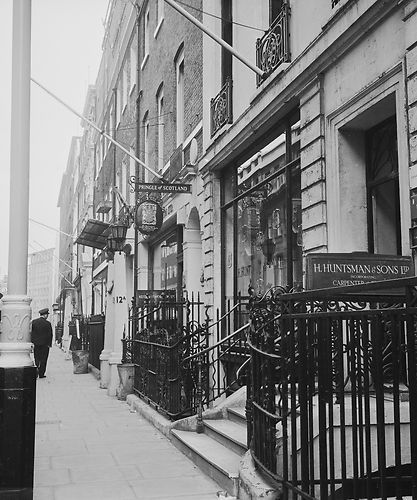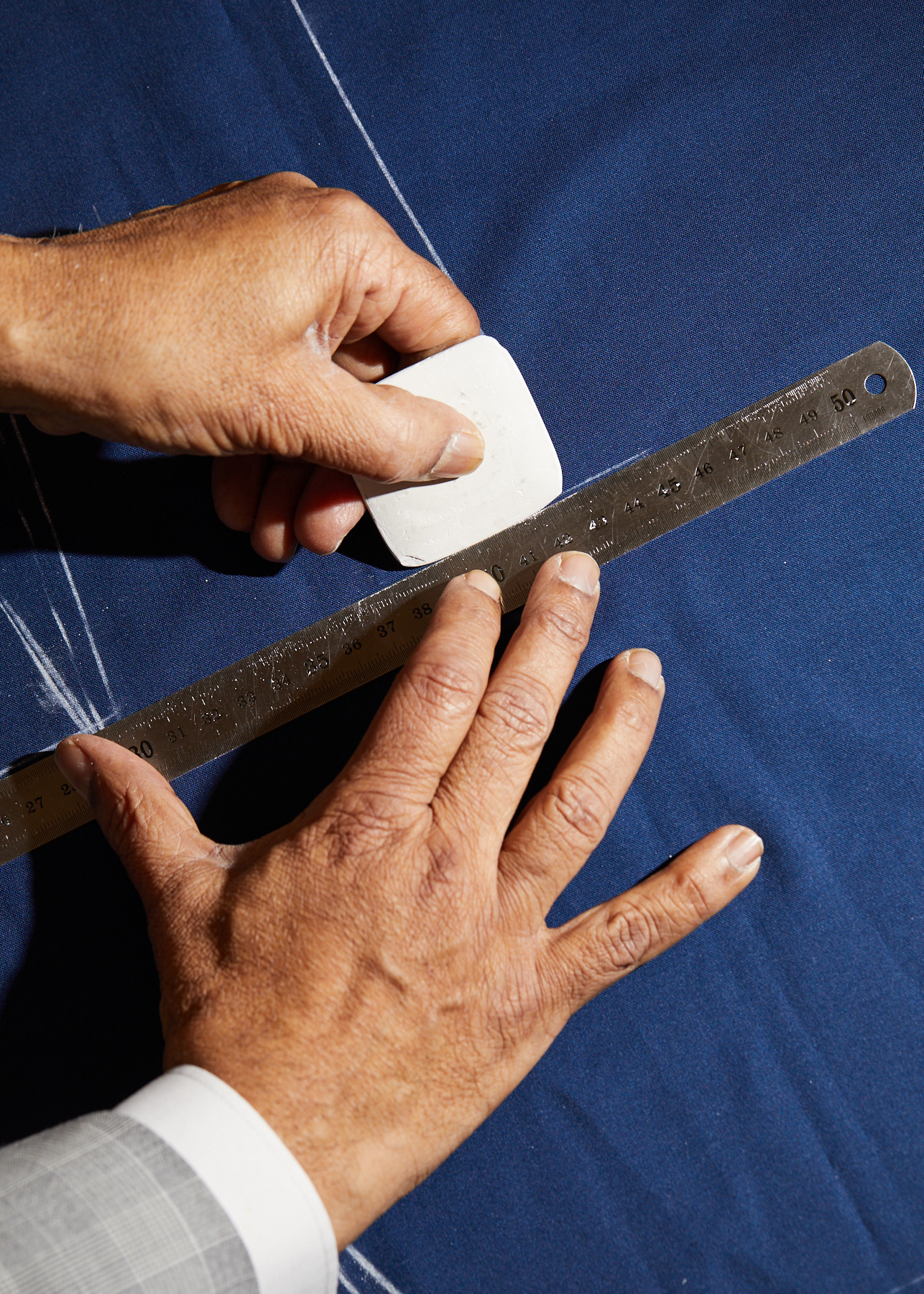
The origins of sartorialism
Sartorial art finds its sources in England at the end of the 18th century. The country’s textile industry was most flamboyant. It is this prolific supply of raw materials that allowed the first tailors to settle in 1803 on the mythical street of Savile Row. The famous Maison Henry Poole and Co moved there in 1846. Then it was the turn of Maisons Kilgour, Anderson & Sheppard to take up residence there until the arrival of Gieves & Hawkes in 1912 at number 1 on the street.
At the time, fashion was dictated by the Prince of Wales, future Edward VII. Fond of evenings spent playing gambling, it was for him that the tuxedo was invented. A jacket with a satin lapel, which you put on over your clothes to protect them from the smell of tobacco, and a drape that is soft enough to be able to sit comfortably for an entire evening without having to unbutton your jacket.
At the end of the 19th century, upon the death of Prince Albert, husband of Queen Victoria and father of Edward VII, black made its appearance. This color, hitherto reserved for mourning, gradually integrated the male wardrobe until it became the uniform of all working men in the 20th century.
Sartorialism and know-how
The sartorial tradition is found first and foremost in the ability to take measurements of a body and know how to transpose them into measurements of a garment in order to design a pattern and then cut a canvas and tailor the garment, while all at the same time and within one and the same Workshop.
Then, in the sartorial tradition, the devil is in the details.
From the swallow at the bottom of a shirt to reinforce it, passing through the invisible and very resistant English seams, the suit collars in handmade horsehair interlining, the real mother-of-pearl buttons buttoned in goose feet and hand, the last buttonhole horizontally (versus the other buttons vertically) to counterbalance the tension of the fabric on the seat, etc., so many special attentions that give the garment designed with respect for tradition sartorial of all particular qualities.
Also, knowledge of the history of the costume, morphology and posture, which allows those who respect the sartorial tradition to offer a costume that is just in its measurements and elegant in its fall.
RIVES respects the sartorial tradition by carrying the values of elegance, excellence — by working exclusively with traditional workshops — and transmission; while taking an irreverent, audacious and emancipated look at tailoring in order to always offer a contemporary vision of sartorialism and anchored in the spirit of the times.

